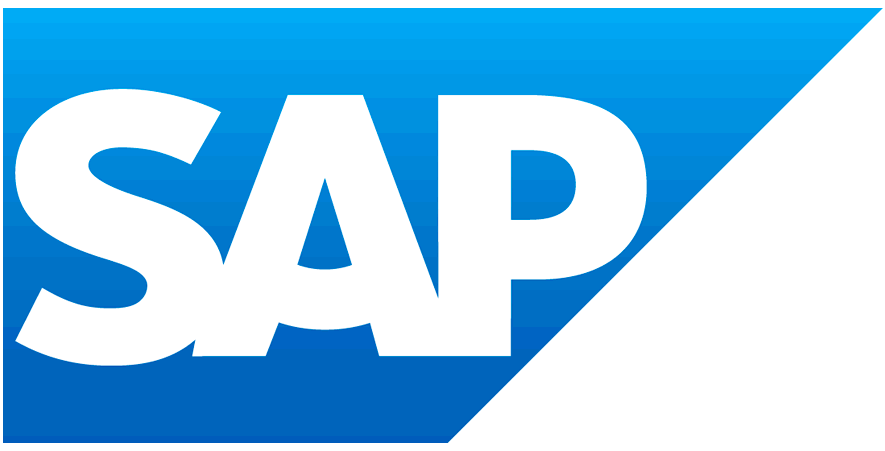How Digitalization Can Accelerate the Energy Transition to Green Hydrogen
by Christian Boos
As a means of storing and transporting renewable energy, green hydrogen is now considered a critical technology in the transition to renewable energy and the move toward a global net zero economy.
When SAP CEO Christian Klein joined the CEO Alliance Action Tank, one of the key work streams was to make the “green dream” a reality, accelerating the replacement of conventional fuels with renewable alternatives like green hydrogen. With customers at every step of the value chain, SAP found itself in a unique position to lead the movement from a digital perspective.
There are numerous challenges to effecting such a monumental change in the energy sector, but one that requires a unique and digital response is tracking green hydrogen. Differentiating it from the other color grades — including blue, gray, and pink, which represent production methods with CO2e emissions or using nuclear power or fossil fuels — is critical to the success of decarbonization with green hydrogen.
Digital Tracking for Total Transparency
The GreenToken by SAP solution, unique digital software based on a blockchain approach, responds to the need to track green hydrogen. Designed to track commodity origin and mass balance quantities, GreenToken provides complete transparency of the source, like solar, wind, or water, as well as the way it is produced and its journey, such as pipeline, tanker, or transition into green ammonia for transportation.
A significant number of governments are working on their own green hydrogen certification programs. To account for the different production and delivery methods, blockchain is a highly reliable technology as it can provide holistic transparency on the origin of green hydrogen and the methods used for its production and transportation.
The technology in GreenToken works at every step of the value chain. A car manufacturer, for example, can have complete confidence in the green steel used to manufacture its vehicles thanks to the tokens that prove the energy from hydrogen used to produce the steel came from renewable sources.
Blockchain technology prevents fraud and creates trust; it makes the production of green hydrogen auditable, and therefore certifiable, which is particularly important in terms of pricing. Because green hydrogen is currently significantly more expensive than its blue or gray equivalents, energy buyers investing in the clean energy transition need absolute assurance and justification that their energy purchases are truly renewable.
Digital Simulation Tools
SAP software can also be used to simulate green hydrogen projects to both support decision-making and aid in planning.
Wind turbines and solar panels depend on the right weather patterns to produce energy, so the capacity to produce renewable energy is constantly fluctuating, resulting in continuous price variations. Energy data software plays a critical role in informing green hydrogen producers about fluctuations in capacity in order to allow them to manage their electrolyzers accordingly. Such tools are also essential for industrial energy customers to manage their energy finance budget.
An example of an SAP digital simulation project involved a railway operator, where digital tools were used to calculate the capacity and filling speed requirements for a proposed hydrogen dual filling station for trucks and trains.
City planners would also find digital capabilities from SAP valuable. SAP has the ability to work with planning teams to understand the potential implications of transitioning the city to green hydrogen as its main source of energy for heating, lighting, and transport.
Rapid Adoption Crucial for Green Hydrogen Transition
“Implementing the digital tools to enable a successful transition to green hydrogen will not happen overnight,” warns Klaus Schimmer, chief innovation architect at SAP.
The software exists — GreenToken is ready for implementation, but industry and governments are dragging their feet. Collaboration among countries and industries is key to setting certification standards.
We simply don’t have time to waste. This is not just a job for the energy industry; every large industry is impacted and needs to make resources available to join the dots. It is clear that digitalization can and will enable and accelerate the transition, but speed of adoption will be key to its success.
For more information on how SAP helps companies record, report, and act on their sustainability goals, visit www.sap.com/sustainability.

